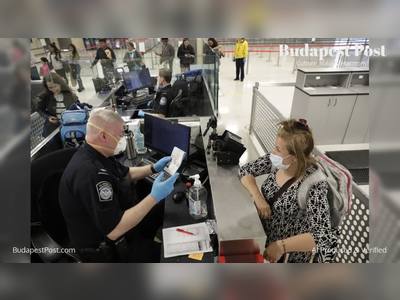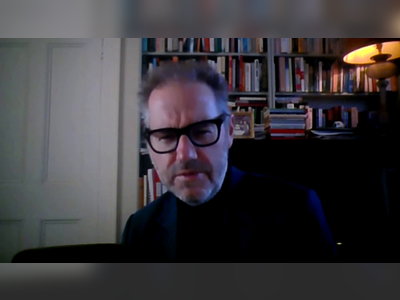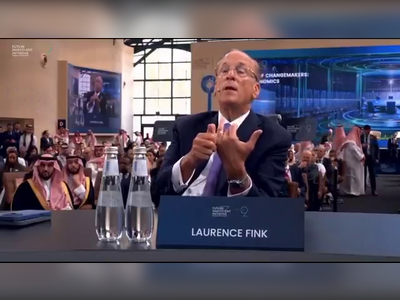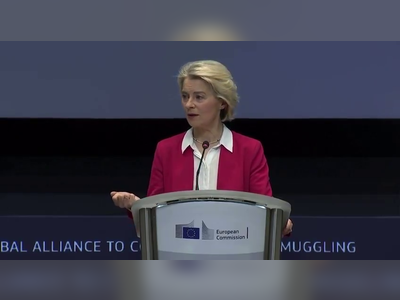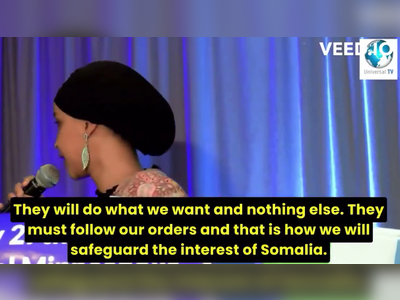
Ericsson’s 30 years in Hungary
Did you know? All around the world mobile calls or data traffic involve the work of Hungarian engineers.
First in the country with Ericsson technology
From the very beginning, we have played a significant role in the construction of fixed and mobile telecommunication networks in Hungary. Many services were launched with us for the first time.
In the 1990s, we installed 1,5-million-line capacity, we built the GSM network, and later we launched the world’s first MMS, in Hungary. Ericsson was the first in the country to launch technologies like GPRS, EDGE, 3G, HSPA, LTE (4G), LTE Advanced (4G+) and in 2020, we introduced Hungary’s first live 5G network.
In the frontline of telecommunications and IT research & development
We have one of the largest research and development center in the Hungarian telecom industry. With more than 1,600 colleagues in the R&D Center we work on future-shaping technologies like 5G, IoT, cloud, network analytics, and artificial intelligence and machine learning.
Our Hungarian engineers play a key role in the development and operation of mobile and fixed broadband systems around the world. Their developments have been integrated into the everyday technology of telecom. Ericsson has more than 33,000 patents worldwide, of which hundreds were born from the ideas of our Hungarian engineers.
Besides our R&D Center, the Ericsson Garage, a technology incubator laboratory also operates in Hungary, which is focusing on the most important innovation topics of the industry.
We supply mobile networks to the largest market players
Ericsson is the strategic partner of Magyar Telekom, the Hungarian market-leading telecommunications provider, and the main supplier of its mobile network too. DIGI’s mobile network is also built on Ericsson equipment.
In our engineering service center, our engineers service, integrate and support telecom systems in many countries of the world and our managed services center provides on-site and field maintenance for domestic service providers.
Strong corporate supporter of Hungarian education
We established the Ericsson Award, and we are also co-founders of the Professor Rátz Lifetime Achievement Award, both considered among the most prestigious recognitions for teachers in secondary and basic science education. Through our University Labs we provide special support for Hungarian higher education institutions in research projects, international relations and result-sharing.
Our university collaboration started with the High-Speed Networks Lab and with the first Complex Hardware Design Laboratory in the country established at Budapest University of Technology and Economics. It was followed by the Communication Networks Lab and Software Technology Lab at Eötvös Lóránt University.
Committed to further expanding employment in Hungary
We currently employ more than 2,000 people in Hungary. We regularly organize and participate in online and offline events, such as Reinforce AI Conference, HackETHon, Ericsson Programming Championship, Craft Conference, Crunch, HUSTEF Conference and technology webinars, keeping in mind the professional development of our colleagues and community building.
We recently moved to our new head quarter – the Ericsson House, which reflects the open and caring culture of the company via well-equipped spaces and sustainable, environment friendly solutions.
